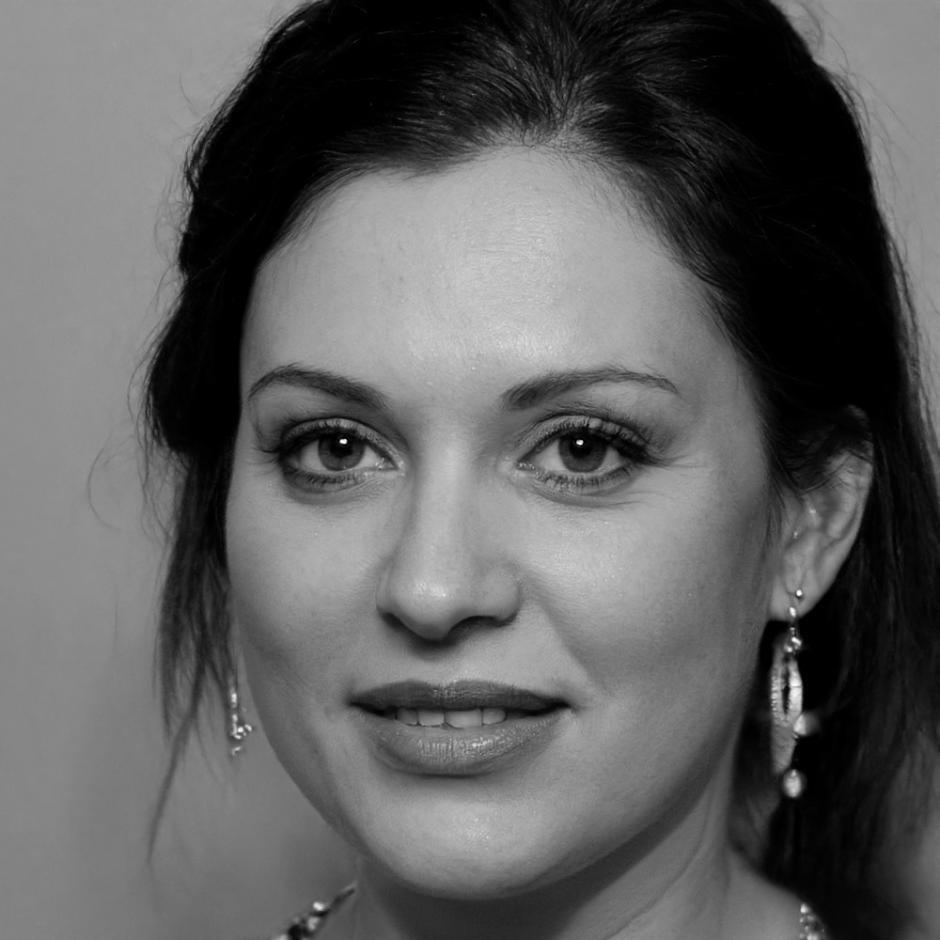Interactive Learning Through Real Scenarios
We've found that people learn money management best when they can practice with realistic situations. Instead of sitting through lectures about budgeting theory, our participants work through actual scenarios – like planning for a house deposit, managing variable income, or handling unexpected expenses.
- Hands-on budget creation using your actual income and expenses
- Interactive debt reduction planning with multiple strategy options
- Investment decision trees based on personal risk tolerance
- Emergency fund calculations tailored to your lifestyle
- Tax planning workshops with real forms and examples
Each session builds on the previous one, so by the end of our program, you've essentially created a complete financial plan for yourself. It's not just education – it's implementation.


